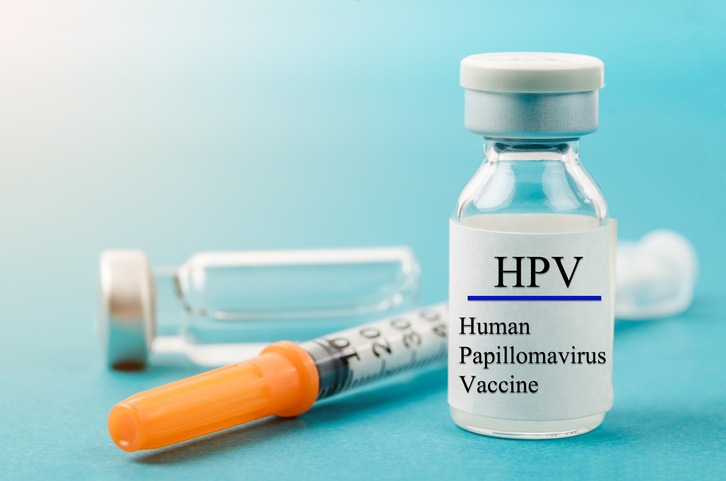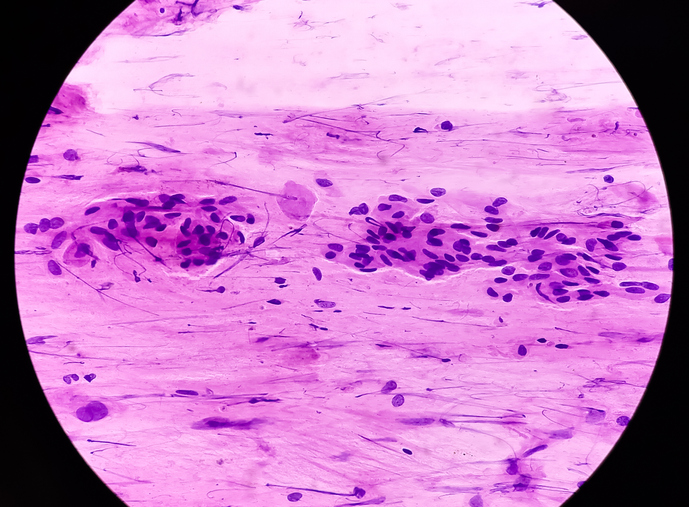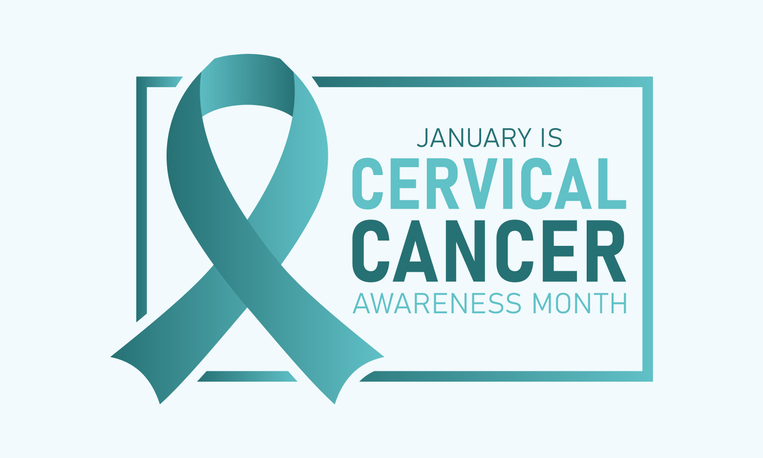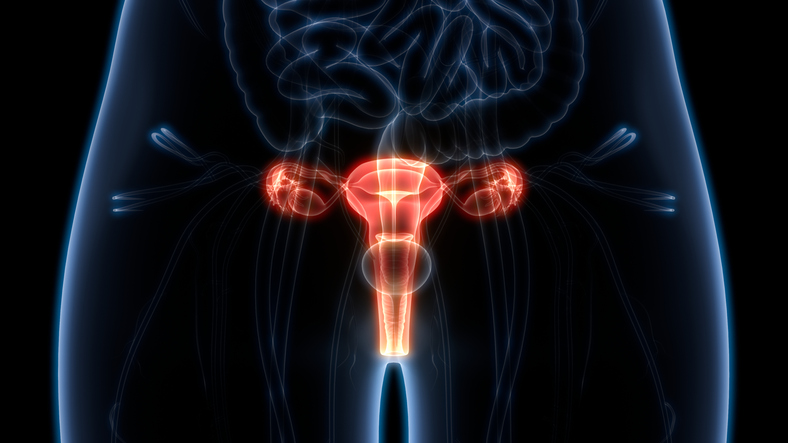
A modeling study published in The Lancet found that cervical cancer could be eliminated by 2120 with HPV vaccination coverage for girls and increased screening among lower-middle income countries (LMICs). A set of three models projected that more than 74 million cervical cancer cases and 60 million deaths could be avoided.
The World Health Organization (WHO) director-general issued a call for action to eliminate cervical cancer as a public health problem. The researchers of this study modeled potential HPV vaccination and cervical screening scenarios in LMICs to examine the feasibility and timing of elimination at different thresholds and to estimate the number of cervical cancer cases averted on the path to elimination.
The WHO Cervical Cancer Elimination Modelling Consortium consists of three independent transmission-dynamic models identified by WHO according to predefined criteria. The researchers used this to project reductions in cervical cancer incidence during the next century in 78 LMICs based on three standardized base-case scenarios: girls-only vaccination, girls-only vaccination and once-lifetime screening, and girls-only vaccination and twice-lifetime screening.
Girls were vaccinated at nine years of age (with a catch-up to 14 years), assuming 90% coverage and 100% lifetime protection against HPV types 16, 18, 31, 33, 45, 52, and 58. Cervical screening occurred between 35 and 45 years, with uptake increasing from 45% in 2023 to 90% by 2045 and beyond.
The elimination thresholds examined were an average age-standardized cervical cancer incidence of four or fewer cases per 100,000 women-years and 10 or fewer cases per 100,000 women-years and an 85% or greater reduction in incidence.
Reduction in cervical cancer incidence
Girls-only HPV vaccination was predicted to reduce the median age-standardized cervical cancer incidence in LMICs from 19.8 to 2.1 cases per 100,000 women-years over the next century. The addition of twice-lifetime screening reduced the incidence to 0.7 cases per 100,000 women-years and averted 12.1 million more cases.
Girls-only vaccination was predicted to result in elimination in 60% of LMICs based on the threshold of four or fewer cases per 100,000 women-years, in 99% of LMICs based on the threshold of 10 or fewer cases per 100,000 women-years, and in 87% of LMICs based on the 85% or greater reduction threshold.
The addition of twice-lifetime screening resulted in 100% of LMICs reaching cervical cancer elimination for all thresholds. If all countries were to achieve cervical cancer elimination with girls-only vaccination, elimination of this cancer could occur between 2059 and 2102, depending on the threshold and region, according to the researchers. Adding twice-lifetime screening could accelerate elimination by 11 to 31 years.
“Screening with high uptake will expedite reductions and will be necessary to eliminate cervical cancer in countries with the highest burden,” the authors concluded.







 © 2025 Mashup Media, LLC, a Formedics Property. All Rights Reserved.
© 2025 Mashup Media, LLC, a Formedics Property. All Rights Reserved.